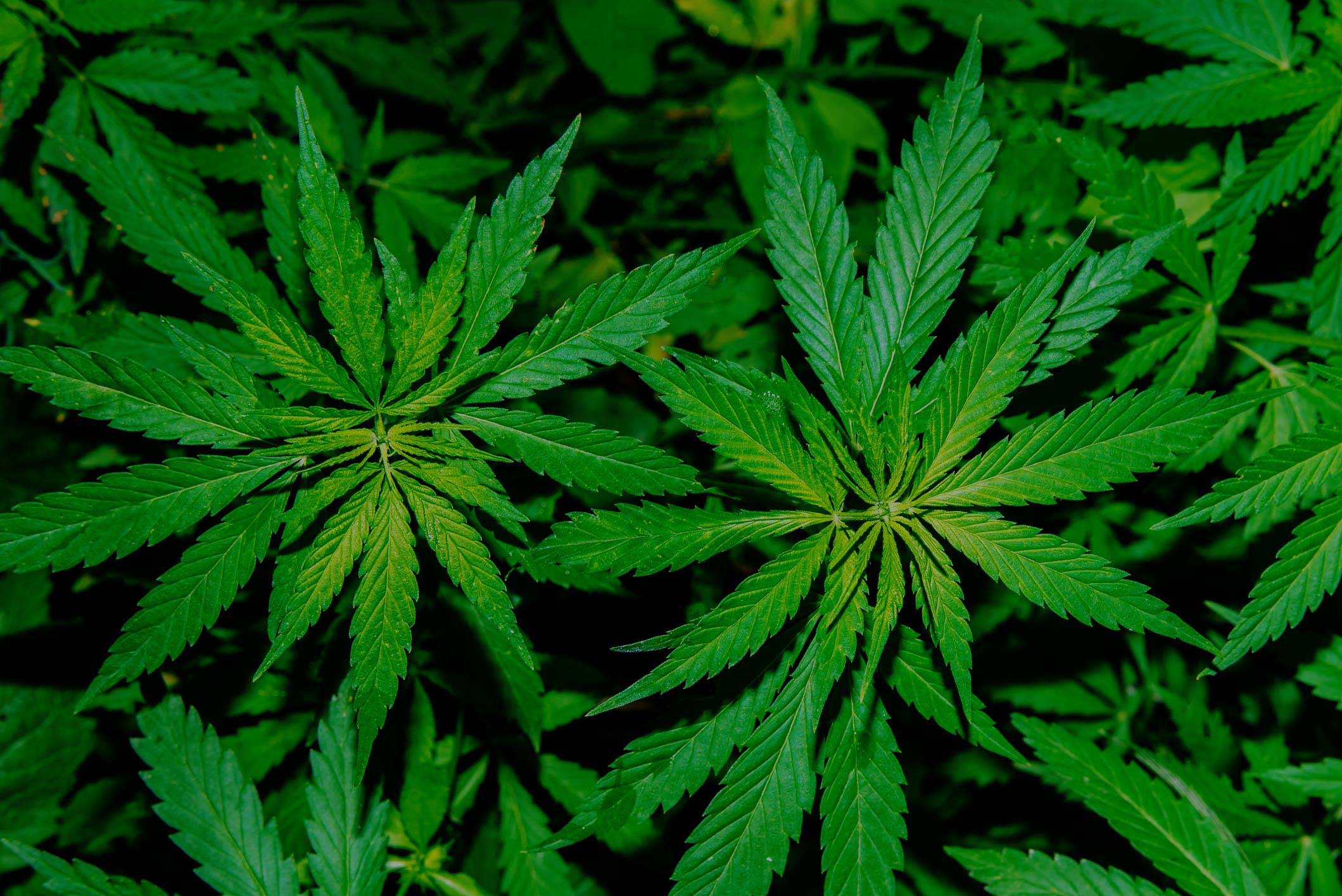In case you missed it, weed stocks are big right now in Canada. While some people point to the dot-com bubble and others point out that weed producers actually have a product with provable demand, the fact is that cannabis per-gram prices are going to become one of the most discussed trade topics post-October.
You may not have considered some of the factors below as having any potential impact on your pot stocks, but each one could, in its own way, add further volatility to the market after legalization on October 17.
Competition is going to be high
We all know that there is a market for weed in Canada – that’s because people are already buying it and have been for years. However, as soon as legalization kicks in, competition from the black market is likely to take effect. To counter this, the thinking seems to be to keep taxes on cannabis low so that people can buy legal weed at prices comparable to street value.
However, by having low taxes on weed, alcohol sales may start to suffer. At the moment, you can expect to pay anywhere from 50%-80% taxes on your alcohol. By contrast, the tax on weed is likely to be $1 per gram on sales up to $10 or a 10% flat rate on sales over $10 (both on top of sales tax). At present, the Canadian average per-gram price for cannabis is just under $7. In theory, this tax dichotomy could lead to alcohol competing with weed sales.
Per-gram cannabis prices could drive the market
A recent analysis by Canaccord Genuity Group Inc. estimated an expected market of 3.8 million consumers by 2021, accounting for roughly US$6 billion in income through sales. If this market isn’t overstated, a shortage of cannabis could result in rising per-gram prices that could last until around 2020 – a scenario that regulators will want to avoid to keep the black market from dominating.
One way to head this off might be to reduce the standards required of producers looking to get licensed, and thereby increase the amount of cannabis on the market.
Supply and demand is going to get tricky
However, initial undersupply may not help in keeping cannabis prices low; indeed, a bottleneck in under-producing companies still rushing to increase operational output will likely drive prices of the green stuff sky-high.
But expect that per-gram price to swing right back down again once production quotas begin to get met, either through increased efficiency, normalization of processes, or through consolidation of the current group of suppliers into two or three cannabis conglomerates.
And speaking of partnerships, it could get even more interesting than that. Aside from intra-sector mergers, look at Hydropothecary Corp.’s (TSX:HEXO) recent deal with Molson Coors Canada Inc. to create non-alcoholic cannabis drinks; this shows just how easy it could be for companies to join forces in the cannabis industry from the outside.
The bottom line
At the end of the day, what investors are getting into weed stocks for is profit. The upside for these stocks may be long-term, or it may fizzle out as soon as legalization kicks in. Or, then again, with some stocks the opportunity to cash in may have already been and gone. Per-gram cannabis prices are likely to be the driver for stock prices post-legalization, and this in turn will likely be driven by supply and demand.









